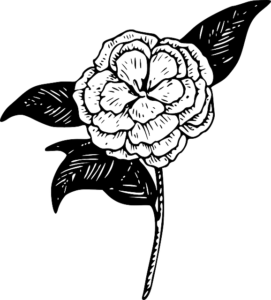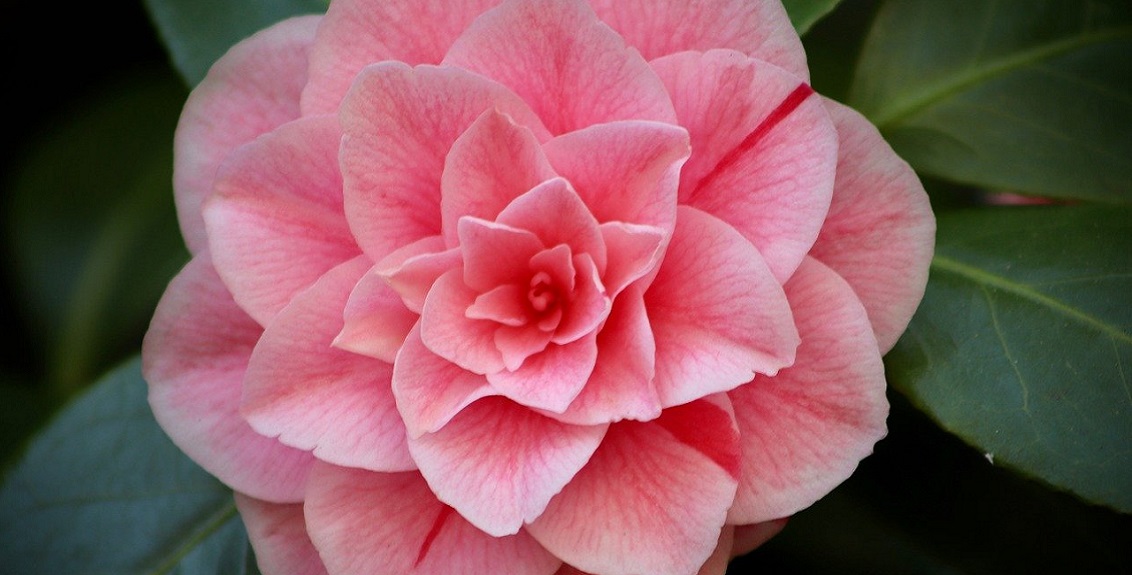Camellia Petal Blight
Camellia flower blight affects no part of the plant other than the flowers. So it is only found while the plants are in flower. Camellia petal blight, caused by the fungus Ciborinia camelliae, favours frequent rain, high humidity and warmer temperatures during bloom.
Symptoms
You may see the following symptoms:
- Brown flecks on any part of the petal, rapidly spreading to form a brown blotch that engulfs the petals until the whole flower is dead.
- Affected flowers often fall prematurely
- The Fungal spores (sclerotia) that look like oily black droplets may, occasionally, be found towards the base of the petals
- The effects of flower blight are not easily distinguished from frost damage, or from infection of the flowers by the common fungal disease grey mould (Botrytis cinerea)
However frost damage is often confined to the edges of the petals – both flower blight and grey mould start as brown flecks at any point on the petal
Flower blight can be distinguished from grey mould by removing the calyx from the base of the flower. The flower blight fungus produces
a white or greyish ring around the base of the petals. Occasionally, oily black droplets (one of the spore stages of the fungus) are also found towards the bases of the petals. By contrast, grey mould will often produce large numbers of powdery grey spores over the affected material.

Control
Non-chemical control
- Cleaning up fallen flowers will help reduce infection in following years.
- Putting down a deep mulch to bury the sclerotia might help, but the apothecia are produced on stalks that can grow up to 10cm (4in) in length. The mulch may have to be too deep to be practical.
Chemical control
- Fungicide spraying is not a realistic option and there are no fungicides labelled for amateur use; nor are there any products available for soil treatment.
